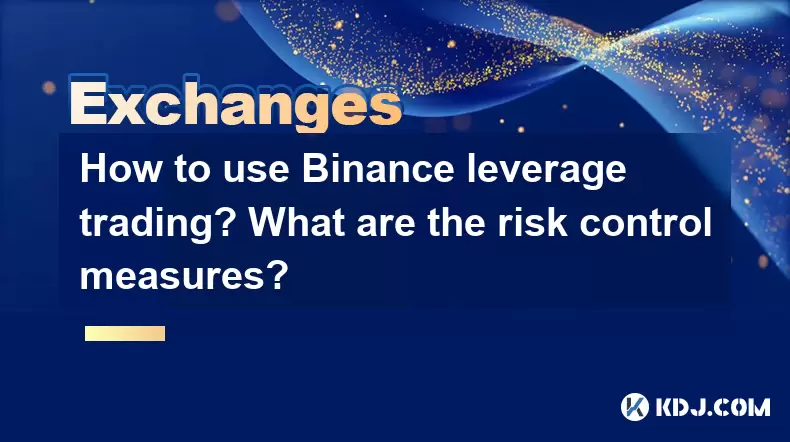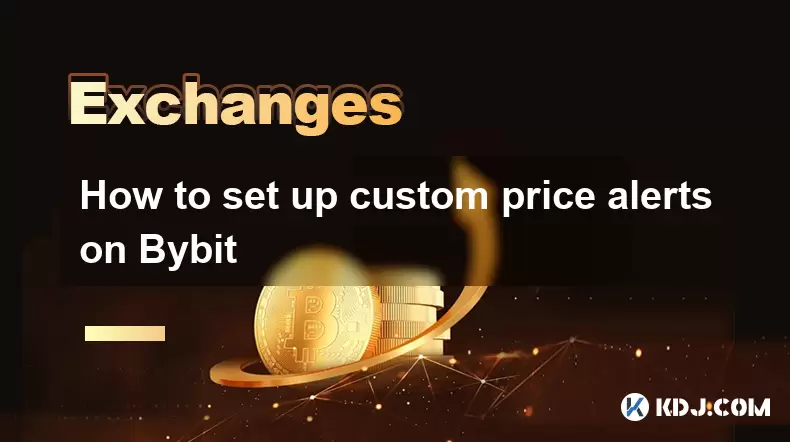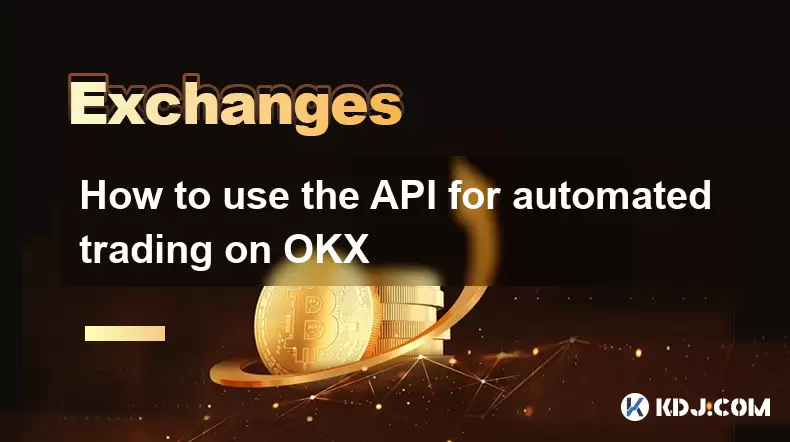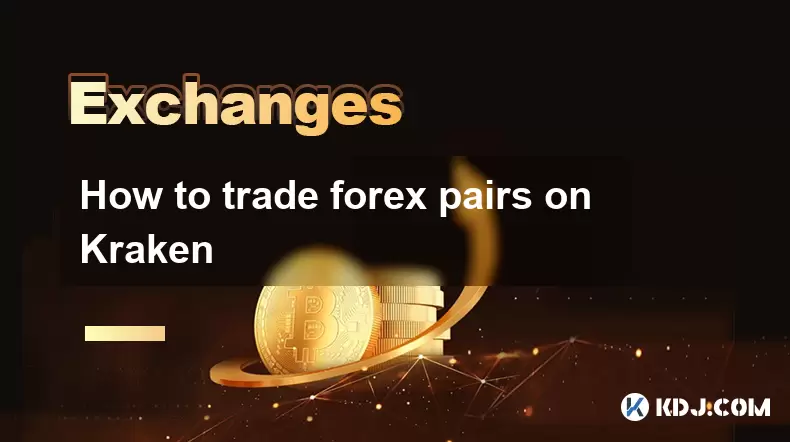-
 Bitcoin
Bitcoin $117300
1.99% -
 Ethereum
Ethereum $3884
5.89% -
 XRP
XRP $3.268
9.33% -
 Tether USDt
Tether USDt $1.000
0.02% -
 BNB
BNB $783.0
1.78% -
 Solana
Solana $173.6
3.51% -
 USDC
USDC $0.9999
0.00% -
 Dogecoin
Dogecoin $0.2193
7.00% -
 TRON
TRON $0.3380
0.30% -
 Cardano
Cardano $0.7769
5.08% -
 Stellar
Stellar $0.4350
9.36% -
 Hyperliquid
Hyperliquid $40.23
5.78% -
 Sui
Sui $3.739
6.95% -
 Chainlink
Chainlink $18.30
9.46% -
 Bitcoin Cash
Bitcoin Cash $581.7
2.11% -
 Hedera
Hedera $0.2577
5.51% -
 Ethena USDe
Ethena USDe $1.001
0.00% -
 Avalanche
Avalanche $23.08
4.23% -
 Litecoin
Litecoin $121.7
2.24% -
 UNUS SED LEO
UNUS SED LEO $8.962
-0.34% -
 Toncoin
Toncoin $3.332
1.36% -
 Shiba Inu
Shiba Inu $0.00001273
3.39% -
 Uniswap
Uniswap $10.35
6.84% -
 Polkadot
Polkadot $3.818
4.01% -
 Dai
Dai $1.000
0.01% -
 Bitget Token
Bitget Token $4.446
2.13% -
 Cronos
Cronos $0.1491
4.96% -
 Monero
Monero $255.4
-9.78% -
 Pepe
Pepe $0.00001099
4.80% -
 Aave
Aave $284.0
8.01%
How to use Binance leverage trading? What are the risk control measures?
Binance offers leverage trading, allowing users to amplify positions, but it's crucial to manage risks with stop-loss orders and position monitoring.
May 16, 2025 at 12:08 pm

How to Use Binance Leverage Trading? What Are the Risk Control Measures?
Binance, one of the leading cryptocurrency exchanges, offers leverage trading to its users, allowing them to amplify their trading positions. This article will guide you through the process of using Binance leverage trading and discuss the risk control measures in place to help manage potential losses.
Understanding Binance Leverage Trading
Leverage trading on Binance allows traders to borrow funds to increase their trading position beyond what they could achieve with their own capital. This can potentially lead to higher profits, but it also increases the risk of significant losses. Binance offers leverage trading on various trading pairs, including futures and margin trading.
Setting Up for Leverage Trading on Binance
To start using leverage trading on Binance, you need to follow these steps:
- Register and Verify Your Account: If you haven't already, sign up for a Binance account and complete the necessary verification steps to ensure you can access all features, including leverage trading.
- Enable Margin Trading: Navigate to the Binance website or app, go to the "Wallet" section, and select "Margin." Click on "Enable" to activate margin trading on your account.
- Transfer Funds to Margin Wallet: Once margin trading is enabled, transfer funds from your spot wallet to your margin wallet. You can do this by going to the "Margin" section, selecting "Transfer," and choosing the amount you want to move.
- Choose Your Trading Pair: Select the trading pair you want to trade with leverage. Binance offers various pairs, including BTC/USDT, ETH/USDT, and more.
- Set Your Leverage: Before placing an order, you need to set your leverage level. This can be done by clicking on the "Leverage" button on the trading page and selecting the desired leverage ratio.
Placing a Leverage Trade on Binance
Once you have set up your account and chosen your trading pair, you can place a leverage trade. Here's how:
- Select Order Type: Decide whether you want to place a market order, limit order, or stop-limit order. Each type has its own advantages and is suited for different trading strategies.
- Enter Order Details: Input the amount you want to trade and the price at which you want to execute the order. If you're using a market order, the price will be the current market price.
- Review and Confirm: Double-check all the details of your order, including the leverage level, order type, and amount. Once you're satisfied, click "Buy" or "Sell" to place the order.
Managing Your Leverage Trading Position
After placing a leverage trade, it's crucial to monitor and manage your position to mitigate risks. Here are some steps to consider:
- Monitor Your Position: Keep an eye on the market and your open positions. Use the Binance trading interface to track your profit and loss in real-time.
- Set Stop-Loss and Take-Profit Orders: To limit potential losses and lock in profits, set stop-loss and take-profit orders. These orders will automatically close your position when the market reaches a certain price level.
- Adjust Leverage: If the market moves against your position, you may need to adjust your leverage to reduce risk. You can do this by going back to the "Leverage" button and selecting a lower leverage ratio.
Risk Control Measures on Binance
Binance has implemented several risk control measures to help traders manage their leverage trading activities safely. These measures include:
- Margin Call and Liquidation: If the value of your position falls below a certain threshold, you will receive a margin call. If you fail to add more funds to your margin account, your position may be liquidated to cover the losses.
- Position Limits: Binance sets position limits to prevent traders from taking on too much risk. These limits vary depending on the trading pair and leverage level.
- Risk Warning: Before placing a leverage trade, Binance displays a risk warning to remind traders of the potential for significant losses.
- Insurance Fund: Binance maintains an insurance fund to cover potential losses in the event of extreme market volatility. This fund helps protect traders from negative account balances.
Using Binance Futures for Leverage Trading
In addition to margin trading, Binance also offers futures trading, which allows for even higher leverage levels. Here's how to use Binance futures for leverage trading:
- Enable Futures Trading: Go to the "Futures" section on the Binance website or app and click on "Enable" to activate futures trading on your account.
- Transfer Funds to Futures Wallet: Transfer funds from your spot wallet to your futures wallet. This can be done by going to the "Futures" section, selecting "Transfer," and choosing the amount you want to move.
- Choose Your Futures Contract: Select the futures contract you want to trade. Binance offers various contracts with different expiration dates and leverage levels.
- Set Your Leverage: Before placing an order, set your leverage level. This can be done by clicking on the "Leverage" button on the futures trading page and selecting the desired leverage ratio.
- Place Your Futures Order: Decide on the order type (market, limit, or stop-limit), enter the order details, and confirm the order to start trading.
Frequently Asked Questions
Q: Can I use leverage trading on Binance with a small account balance?
A: Yes, you can use leverage trading on Binance with a small account balance. However, it's important to be aware of the risks involved and to use appropriate risk management strategies. Start with lower leverage levels and gradually increase as you gain more experience.
Q: What happens if my leverage trading position is liquidated?
A: If your leverage trading position is liquidated, your position will be closed automatically to cover the losses. Any remaining funds in your margin account will be returned to your spot wallet. It's crucial to monitor your positions and add more funds if necessary to avoid liquidation.
Q: How can I reduce the risk of leverage trading on Binance?
A: To reduce the risk of leverage trading on Binance, use lower leverage levels, set stop-loss and take-profit orders, and monitor your positions closely. Additionally, diversify your trading portfolio and never invest more than you can afford to lose.
Q: Are there any fees associated with leverage trading on Binance?
A: Yes, Binance charges fees for leverage trading, including trading fees and funding fees for futures trading. The exact fees depend on your trading volume and the specific trading pair. You can find detailed information on fees in the Binance fee schedule.
Disclaimer:info@kdj.com
The information provided is not trading advice. kdj.com does not assume any responsibility for any investments made based on the information provided in this article. Cryptocurrencies are highly volatile and it is highly recommended that you invest with caution after thorough research!
If you believe that the content used on this website infringes your copyright, please contact us immediately (info@kdj.com) and we will delete it promptly.
- Cold Wallet Crypto in 2025: The Future is Now, Ya'll
- 2025-08-08 05:10:13
- MAGACOIN, SOL, and ADA: A Tale of Shifting Tides in Crypto
- 2025-08-08 05:10:13
- SHIB Price, PEPE, and the Memecoin Supercycle: Who Will Reign Supreme?
- 2025-08-08 05:50:12
- Pudgy Penguins Price Prediction: Google Trends & Breakout Signals
- 2025-08-08 05:50:12
- UAE Crypto Regulation: SCA and VARA Unite to Streamline the Future of Digital Assets
- 2025-08-08 05:55:48
- MAGACOIN Finance: The Presale Phenomenon Rocking the Crypto World
- 2025-08-08 05:55:48
Related knowledge

How to use advanced trading on Gemini
Aug 08,2025 at 04:07am
Understanding Advanced Trading on GeminiAdvanced trading on Gemini refers to a suite of tools and order types designed for experienced traders who wan...

How to deposit USD on Bitstamp
Aug 07,2025 at 05:18pm
Understanding Bitstamp and USD DepositsBitstamp is one of the longest-standing cryptocurrency exchanges in the industry, offering users the ability to...

How to find my transaction ID on Gemini
Aug 08,2025 at 12:50am
Understanding the Transaction ID in Cryptocurrency ExchangesA transaction ID (TXID) is a unique alphanumeric string that identifies a specific transfe...

How to set up custom price alerts on Bybit
Aug 07,2025 at 04:31pm
Understanding Price Alerts on BybitPrice alerts on Bybit are essential tools for traders who want to stay informed about significant price movements i...

How to use the API for automated trading on OKX
Aug 07,2025 at 05:21pm
Understanding the OKX API for Automated TradingThe OKX API provides a powerful interface for users to automate their trading strategies, access real-t...

How to trade forex pairs on Kraken
Aug 07,2025 at 11:49pm
Understanding Forex Pairs on KrakenKraken is primarily known as a cryptocurrency exchange, but it also supports select forex pairs through its Kraken ...

How to use advanced trading on Gemini
Aug 08,2025 at 04:07am
Understanding Advanced Trading on GeminiAdvanced trading on Gemini refers to a suite of tools and order types designed for experienced traders who wan...

How to deposit USD on Bitstamp
Aug 07,2025 at 05:18pm
Understanding Bitstamp and USD DepositsBitstamp is one of the longest-standing cryptocurrency exchanges in the industry, offering users the ability to...

How to find my transaction ID on Gemini
Aug 08,2025 at 12:50am
Understanding the Transaction ID in Cryptocurrency ExchangesA transaction ID (TXID) is a unique alphanumeric string that identifies a specific transfe...

How to set up custom price alerts on Bybit
Aug 07,2025 at 04:31pm
Understanding Price Alerts on BybitPrice alerts on Bybit are essential tools for traders who want to stay informed about significant price movements i...

How to use the API for automated trading on OKX
Aug 07,2025 at 05:21pm
Understanding the OKX API for Automated TradingThe OKX API provides a powerful interface for users to automate their trading strategies, access real-t...

How to trade forex pairs on Kraken
Aug 07,2025 at 11:49pm
Understanding Forex Pairs on KrakenKraken is primarily known as a cryptocurrency exchange, but it also supports select forex pairs through its Kraken ...
See all articles

























































































